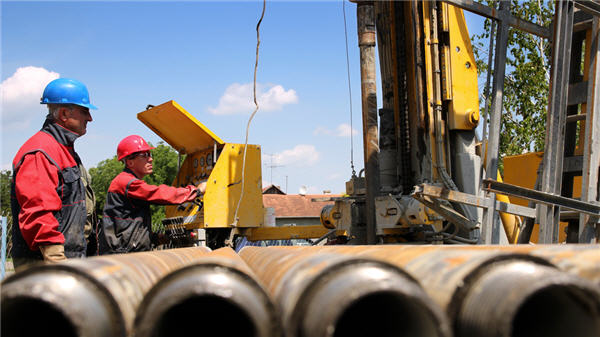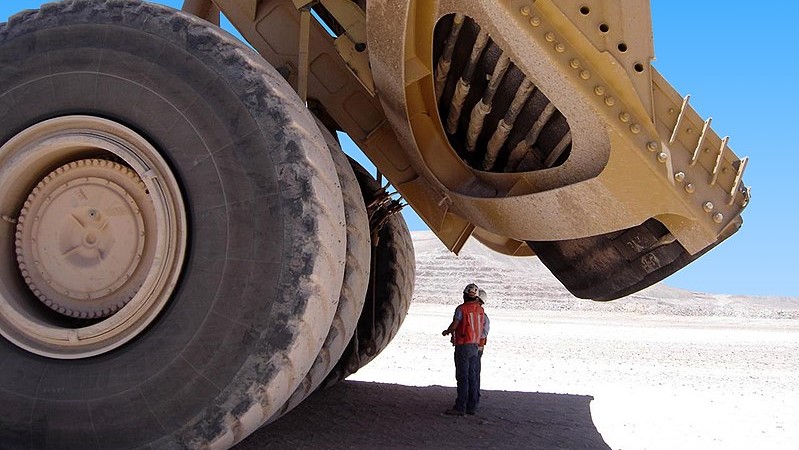US mining sector faces looming worker shortage

US mining and energy industries are facing a looming worker shortage caused by the pending retirement of large numbers of baby-boomer employees, says the latest report from the US National Academy of Engineering.
Many baby boomers — those born between 1946 and 1964 — are ready to retire at the end of this decade and there are too few younger workers in line to replace them.
Mineral resources are a huge part of the American economy. Major industries that consumed processed nonfuel mineral materials made up $2.2 trillion of the US gross domestic product in 2011.
The NAE found a majority of the energy and mining industries have more workers age 45 and older. Additionally, the workforce is predominantly male and has relatively little minority representation.
As a result, looking at these factors together, the sectors will experience greater difficulties in replacing lost talent.
Key energy and mining occupations expected to experience the greatest increases for talent demand until 2020:
- boilermakers
- geoscientists, except hydrologists and geogrpahers
- electrical power-line installers and repairers
- geological and petroleum technicians
In the near term, occupations that may have the greatest difficulties acquiring talent with the needed post-secondary education:
- geological and petroleum technicians
- occupational health and safety specialists
- nuclear techinicians
- petroleum engineers
- nuclear engineers
- health and safety engineers, except mining safety engineers and inspectors
The NAE also found a similar situation in key US federal agencies that are responsible for the management and oversight of energy and mining — a majority of workers were more than 45 years old.
The US Mine Safety and Health Administration runs the greatest risk of losing talent due to retirement. Its projections show 46% of their coal-sector workforce and 40% of their metal/nonmetal workforce will be eligible to retire within 5 years.
Strong international demand for resources and workers will keep the market robust for qualified personnel and the jobs high-paying.
The energy and mining industries require replacement workers with higher levels of education and different skills than retiring workers.
Partnerships with business, educational institutions and government are needed to develop the necessary, educated and skilled workforce, says the NAE.
Recommendations to address the problems include:
- provide multiple pathways in higher education, via community colleges and universities, for science, technology, engineering and math (STEM) programs
- increase government research funding to universities with matching funding from industry
- embark on a national campaign to provide accurate information on the energy and mining industries and their career options
- promote an informational campaign to educate people about the importance of the energy and mining industries to the economy and available opportunities
- federal agencies must review recruitment, training, and employment arrangements for federal employees to attract and retain qualified workers
See the full report, Emerging Workforce Trends in the US Energy and Mining Industries: A Call to Action
{{ commodity.name }}
{{ post.title }}
{{ post.date }}

Comments